Introduction to Cinematography
Cinematography is the art and science of capturing moving images on film or digital media. It encompasses a wide range of creative and technical decisions that significantly influence the mood, tone, and narrative of a film. A cinematographer, also known as a director of photography (DP), plays a crucial role in translating the director’s vision into visual storytelling, ensuring that each shot aligns with the intended message and emotional resonance.
The importance of cinematography in the filmmaking process cannot be overstated. It not only involves the selection of camera angles, lenses, and lighting, but also the use of color, composition, and movement to enhance the narrative. Through these choices, the cinematographer helps to establish the film’s atmosphere, guiding the audience’s emotional journey. For instance, a well-lit scene can evoke feelings of warmth or comfort, while shadows can instill a sense of suspense or unease.
Historically, cinematography has evolved from early innovations in motion picture technology, starting with the invention of the motion picture camera in the late 19th century. The art form saw rapid advancements throughout the 20th century, including the introduction of Technicolor, the development of film stock with varying sensitivities to light, and the eventual transition to digital cinematography. Each of these milestones has expanded the creative possibilities available to filmmakers, allowing them to push the boundaries of visual storytelling.
As cinematic techniques continue to advance, the role of the cinematographer remains pivotal. They must adapt to new technologies, including digital cameras, drones, and CGI, while maintaining a deep understanding of the foundational principles that guide great cinematography. This combination of artistic vision and technical skill ensures that cinematographers continue to play an essential role in shaping the film experience for audiences worldwide.
Key Elements of Cinematography
Cinematography is an intricate art form that combines various elements to visually narrate a story. Understanding its fundamental aspects is essential for anyone interested in film-making or visual storytelling. This section will explore the primary components of cinematography: camera movement, lighting, composition, and lens choices, each playing a crucial role in shaping the narrative on screen.
Camera movement is integral to creating a dynamic visual experience. Techniques such as pans, tilts, and dollies enable filmmakers to guide the audience’s focus and evoke emotions. For instance, in the acclaimed film “Birdman,” continuous shot techniques and fluid camera movements immerse viewers in the protagonist’s psychological state, creating a strong narrative connection.
Lighting is another critical aspect that sets the mood and tone of a scene. Effective lighting can enhance the emotional depth of a film, while also influencing the viewer’s perception of characters and settings. A notable example is the use of chiaroscuro lighting in “The Godfather,” which highlights the moral complexities of its characters. By controlling light and shadow, cinematographers add layers of meaning to the visual storytelling experience.
Composition refers to the arrangement of elements within a scene. This discipline involves framing, balance, and visual harmony, guiding the audience’s eye to the focal points of the narrative. For example, in “The Grand Budapest Hotel,” director Wes Anderson employs symmetrical composition to create a whimsical yet meticulous aesthetic, reinforcing the film’s distinctive narrative style.
Finally, the choice of lens is crucial for achieving the desired effects in cinematography. Different lenses can alter the depth of field and perspective, significantly influencing the visual story. For instance, using a wide-angle lens in “The Revenant” amplifies the grandeur of nature, drawing viewers into the vastness of the wilderness, which plays a vital role in the protagonist’s journey.
Cinematographic Techniques for Storytelling
Cinematography is an essential aspect of filmmaking that significantly influences the viewer’s experience. Various techniques are employed by cinematographers to enhance storytelling, creating a powerful connection between the audience and the narrative. One of the primary tools in this artistic arsenal is color grading, which involves manipulating the color of the footage to evoke specific emotions. For instance, warm tones may create a sense of comfort and safety, while cooler colors can convey sadness or isolation. By strategically applying these color palettes, filmmakers can subtly guide the audience’s emotional response throughout the film.
Another critical technique in cinematography is shot selection. The choice between wide shots, close-ups, and medium shots can profoundly impact how an audience perceives a scene. For example, a close-up may draw attention to a character’s emotional state, allowing viewers to empathize with their experiences. Conversely, a wide shot can establish the relationship between the characters and their environment, contributing to the overall narrative context. Such decisions are pivotal in shaping how viewers engage with the story and characters, reinforcing tension or intimacy as required.
Framing also plays a crucial role in visual storytelling. The way elements are positioned within the frame can direct audience focus and highlight significant narrative components. For instance, leading lines can draw attention towards the subject, while the use of negative space can create a sense of loneliness or despair. Furthermore, unconventional framing can provoke curiosity, prompting viewers to question what lies beyond the edges of the visible image, thus enhancing the overall storytelling experience. By examining these cinematographic techniques, one can appreciate how they contribute to the art of visual storytelling, allowing filmmakers to effectively convey narratives and evoke emotions.
Getting Started in Cinematography
For aspiring filmmakers, the journey into cinematography offers a thrilling opportunity to explore the art of visual storytelling. As a beginner, the first step is to familiarize yourself with essential equipment. A decent camera, whether a DSLR or mirrorless, is crucial for capturing quality footage. Brands such as Canon, Nikon, and Sony offer a variety of models that suit different budgets and skill levels. Pairing your camera with a versatile lens, like a 24-70mm or a prime lens, allows for flexibility in various shooting scenarios.
In addition to the camera, consider investing in a tripod or stabilizer to ensure steady shots, as shaky footage can detract from the cinematic quality. If you aim to experiment with sound, having an external microphone and basic audio recording equipment can enhance your projects significantly.
Once equipped, delve into the fundamental techniques that every beginner should practice. Familiarize yourself with shot composition, focusing on the rule of thirds, leading lines, and framing subjects within the scene. Practicing lighting techniques, such as three-point lighting, can also elevate the visual fidelity of your work. It is advisable to analyze films and identify how professional cinematographers utilize these techniques creatively.
Moreover, developing a personal style is essential for any cinematographer. Experiment with different genres and themes to understand what resonates with you. This exploration can help cultivate your unique voice and perspective, which are vital for a compelling visual narrative. Seeking feedback from peers or mentors will further refine your approach.
For continuous learning, numerous online courses, workshops, and filmmaking communities provide valuable resources for growth. Platforms such as MasterClass, Skillshare, and local film schools offer opportunities to learn from experienced professionals. As you embark on this journey, remember that the process of creating is just as important as the final product.



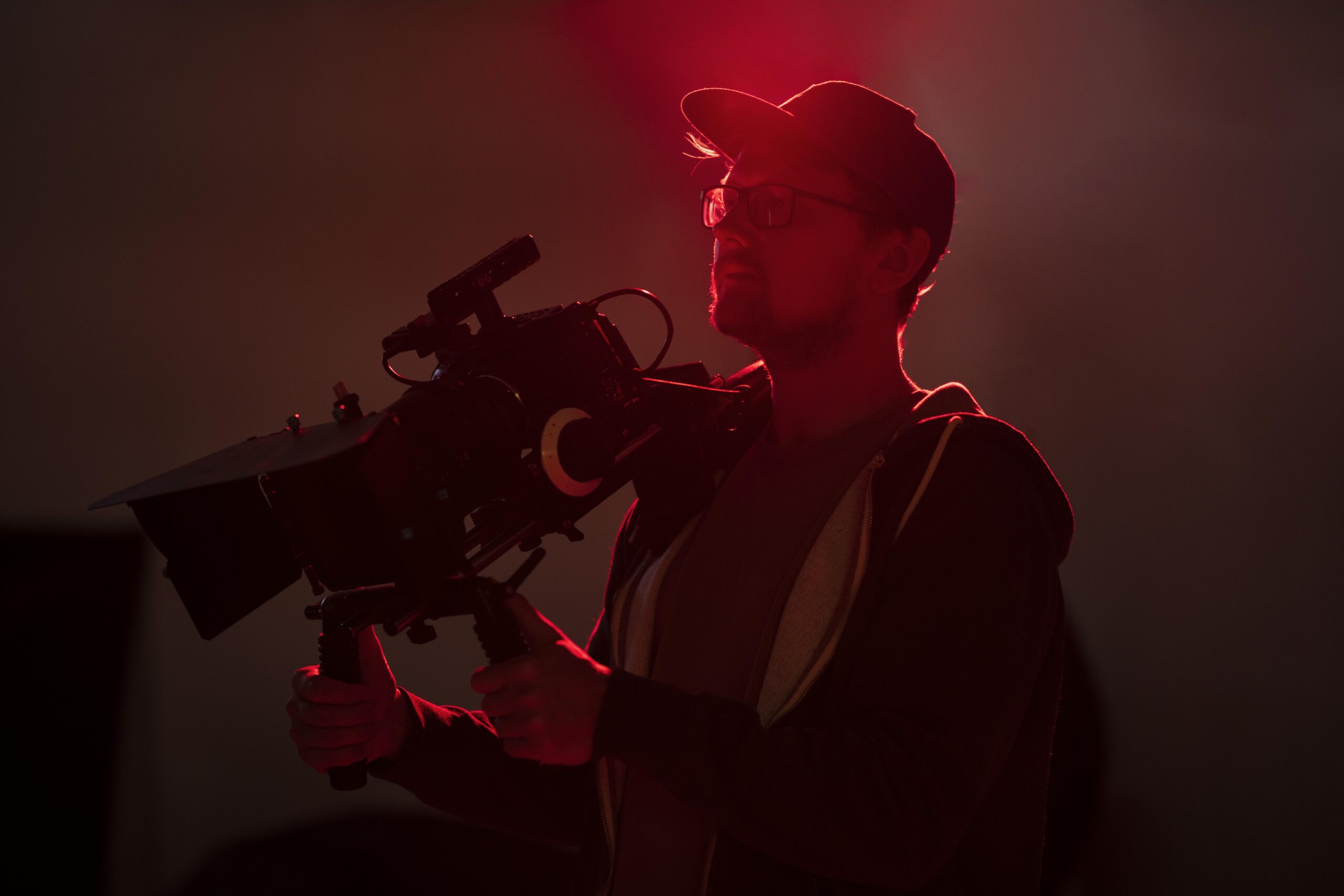
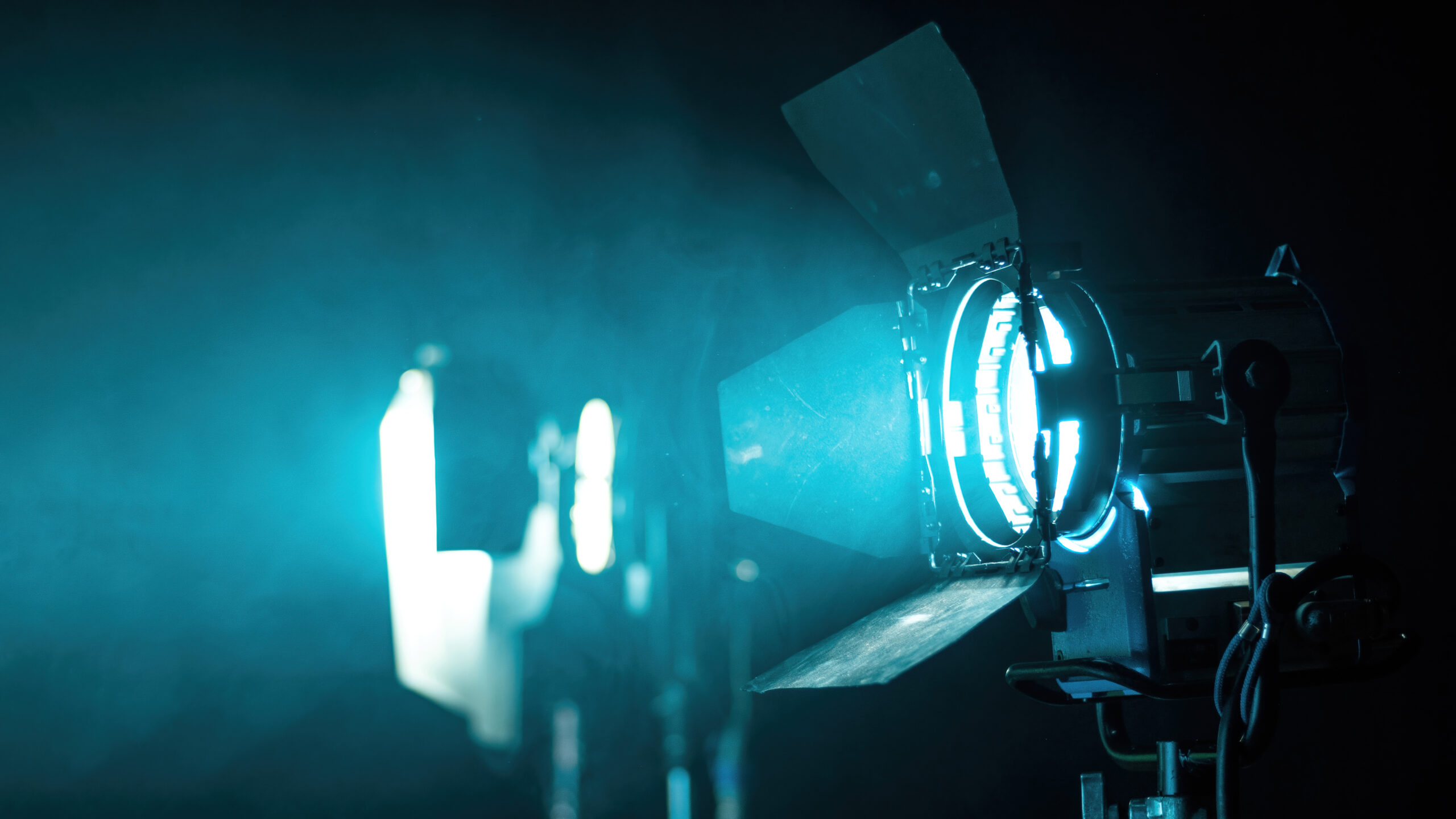
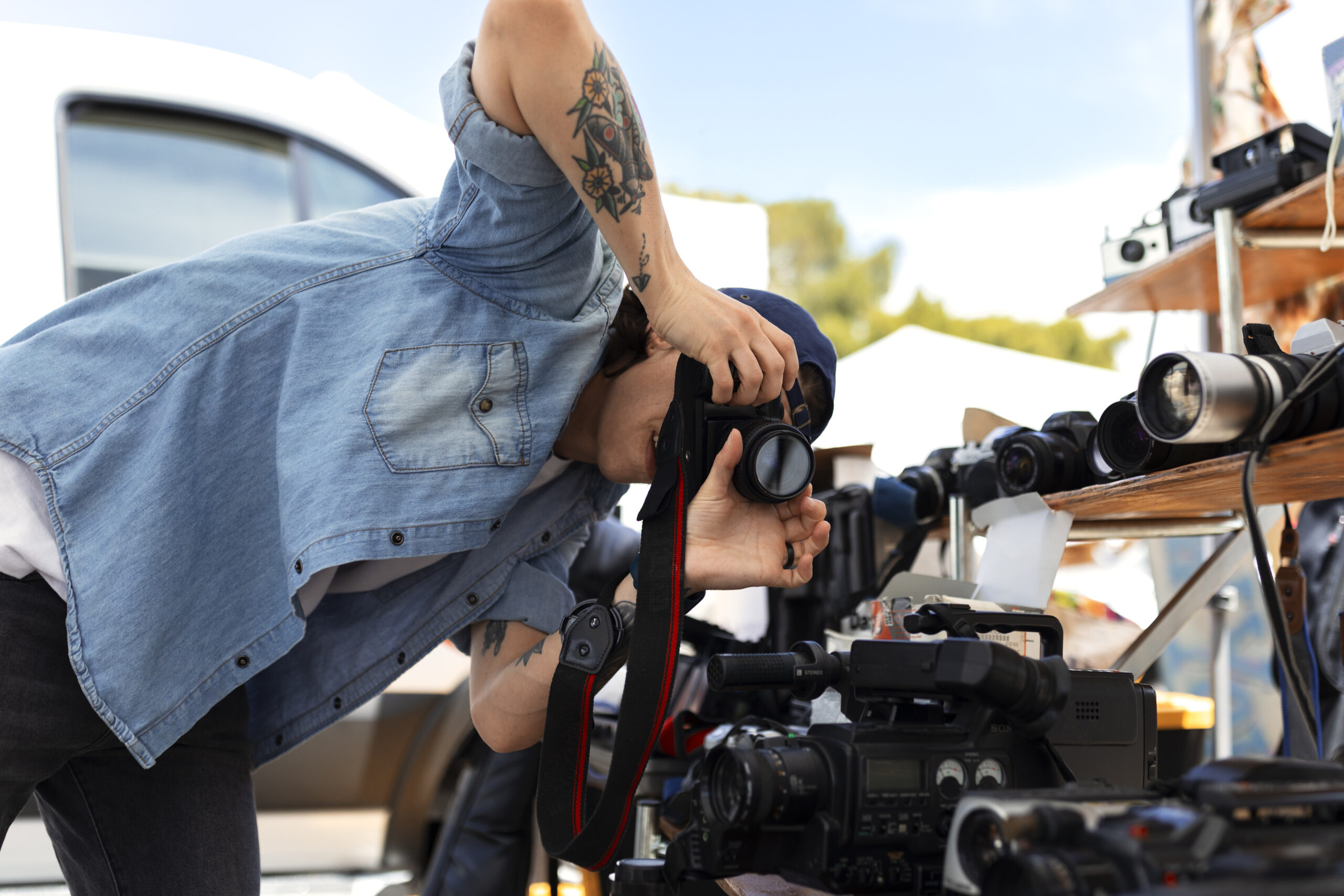

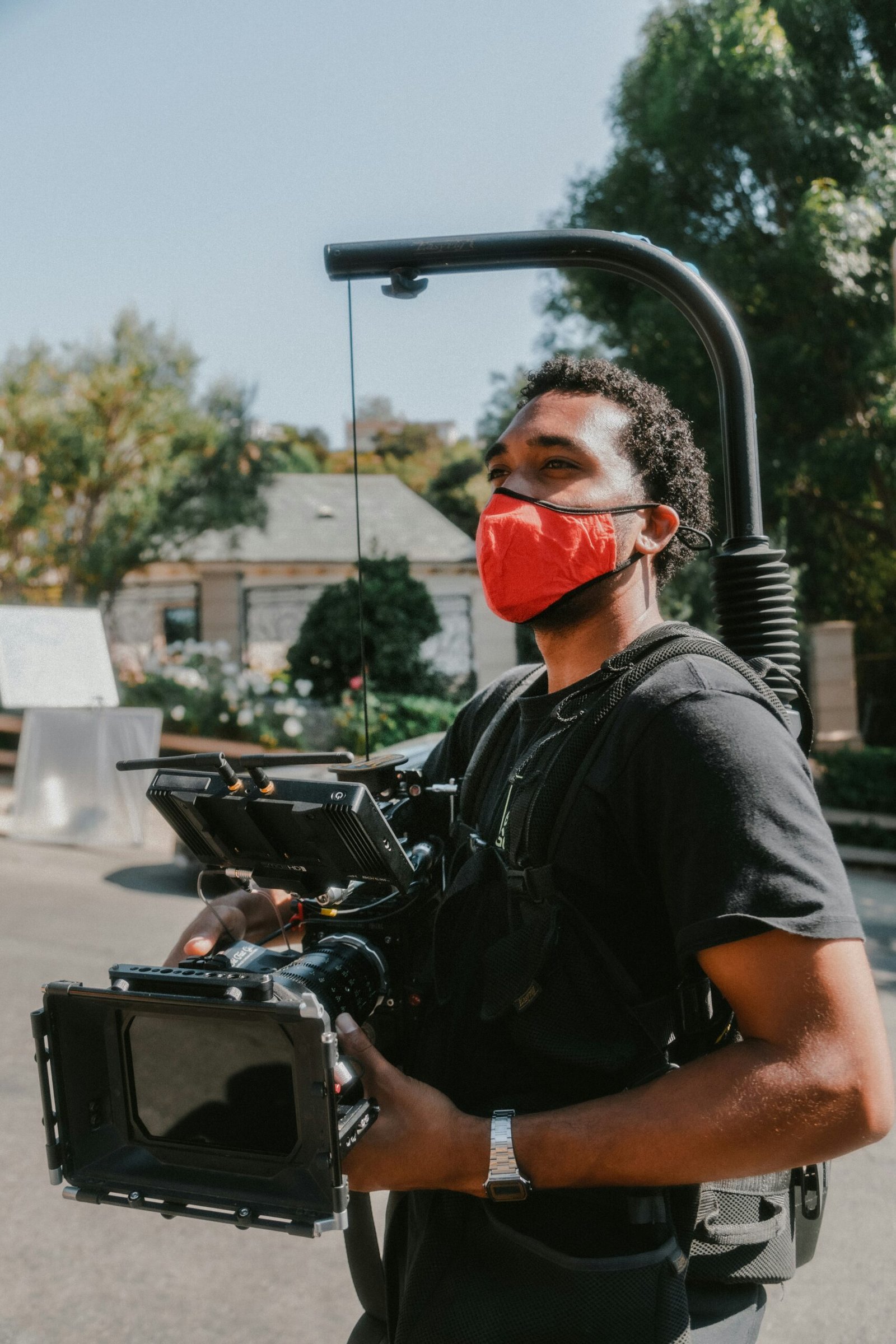
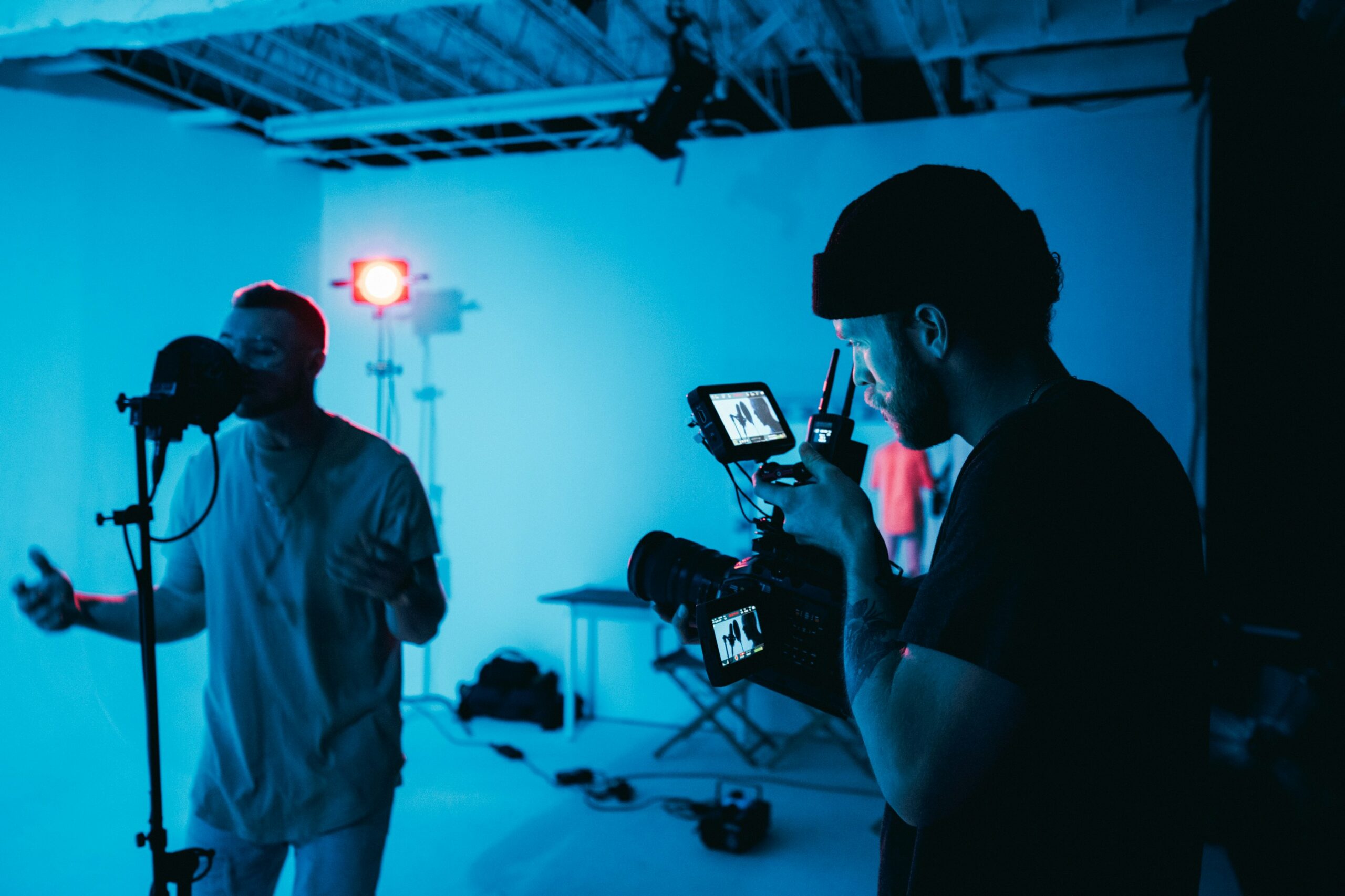
No Comments